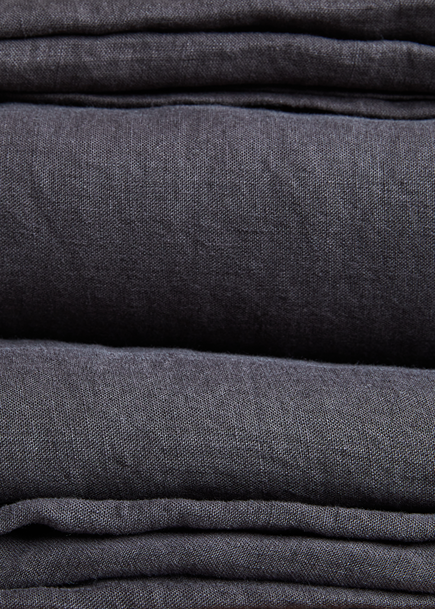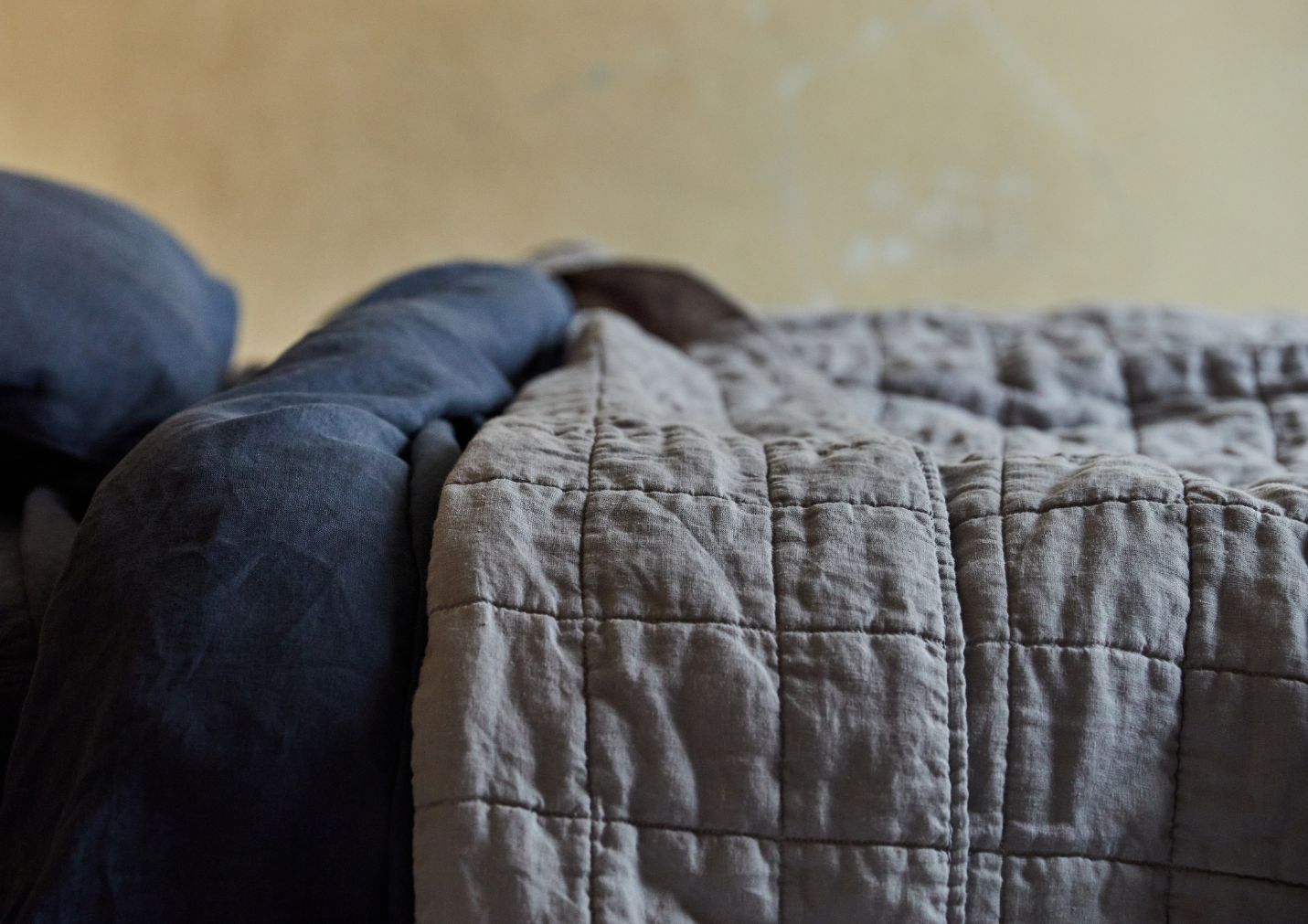365-DAY GUARANTEE | FREE SHIPPING | FREE RETURNS
365-DAY GUARANTEE | FREE SHIPPING | FREE RETURNS
365-DAY GUARANTEE | FREE SHIPPING | FREE RETURNS
If you’re like most people, you probably have a plethora of blankets, comforters, or quilts that you’ve collected over the years. Whether it’s to accommodate the seasons, or you simply want to elevate your bedding, we ultimately keep these pieces knowing they will be used again. The only downfall to having a sizeable bedding collection is the inevitable question of “What is the best way to store blankets and other bedding?” Don’t worry, we have the solution. We have many solutions, so you can choose how to store sheets and comforters in a way that’s best suited to your needs. So, are you ready to learn how to store extra bedding? Then, let’s get to it.
It’s always a great idea to have extra bedding around, but do you know how to store blankets and bedding when it’s not in use? Well, it’s not always an easy question to answer.


All textiles have preferred storage conditions to keep them in tip-top shape for years to come. For example, did you know sunlight can fade colors? Or that airtight bags may do more harm than good?
Knowing how to store blankets helps maintain their longevity so you can make the most out of your cozy covers.


A huge aspect of storing quilts and blankets when not in use is knowing the conditions they prefer. And blankets can be kind of picky! However, here’s how to store blankets and comforters so they still look perfect a decade down the road.

Ready to find the perfect location for your bedding when it’s not in use? Try out these seven storage solutions to keep your extra blankets in peak condition.
If you’ve got an extra bed lying around and no guests sleeping over, voila! This is the ideal storage location. Lay your blankets on top of the empty bed, separating each one with a white sheet to prevent fabric dye from bleeding onto any bedding below. Place another white sheet on top of your last blanket, plus an extra flat sheet on top to finish up.
Do you know how to store comforters if you have extra room in your closet? If so, try placing your blankets over hangers and stowing them away. This no-folding solution is perfect for preventing permanent creasing in your garment. Plus, a dark, dry closet is an ideal location for storage.
As you ponder how to fold blankets for storage, folding isn’t preferred for long-term storage as tough creases can develop. So instead of folding, try rolling! All you need to do is lay your blanket out, place a clean white sheet on top, and start rolling it up. Next, wrap another white sheet around the bundle to keep it nice and clean, then tuck it into your linen closet.
Blanket ladders make a stunning, practical addition to your home that also serves as stylish decor. These aesthetically pleasing objects have a small footprint but achieve greatness with their height. Most blanket ladders offer enough rungs to hang quite a few quilts over each one. Double-check if yours is made from wood. If it is, that’s okay — you just need to ensure that the wood has been treated to protect the quilts and blankets from damage.
Do you have an empty wall and a beautiful quilt or blanket? Hang your textile like a tapestry! This unique storage solution not only saves you space but it elevates your home’s decor. Just be sure that the room gets minimal sunlight or swap out the blanket or quilt regularly to prevent fading.
Baskets are a staple of boho-chic décor and they’re fantastic storage containers for blankets and quilts. Place a cute basket in the corner of your room and enjoy easily accessible blankets whenever you need a little extra warmth. So even when your quilts aren’t sprucing up your bed, they can still be in use!
There’s no reason why your bedding can’t wear multiple hats. Just because you’ve swapped out the one you usually place at the foot of your bed doesn’t mean you have to hide your extra bedding in a closet. Instead, why not use it as an accessory somewhere else in your house? Casually toss it over the back of your favorite chair or let it accent your brand-new sectional sofa so it continues to shine.
Now you know all about how to store blankets and quilts when not in use, but consider these tips and tricks if you still need a bit of extra guidance.
Always, always, always wash your blankets (or any garment) before putting them in storage. Tucking away an unclean blanket allows unsightly marks or unpleasant odors to set into the fabric’s fibers. Plus, all the dust, sweat, and dead skin cells on the bedding will damage your blanket or quilt over time.
And on that note, ensure your blankets are completely dry before placing them in long-term storage. The moisture can cause some serious harm to your fabrics.
As we touched on already, it’s best to minimize folds wherever you can. Stubborn creases can develop, and the fabric can grow weaker at fold lines if they’re left like this for extended periods. Folding may be okay in moderation, but it’s not a good long-term storage solution.
Sometimes we can’t follow all the best storage practices for various reasons. And that’s okay! Use your best judgment to figure out the ideal storage solution given your circumstances.
For example, you might choose to keep your blankets in airtight plastic bags if your home is prone to flooding. Or, you may have to store them in a sunny spot if you have a lot of windows. Just do your best to keep blankets or quilts in a way that makes sense for you.
Whenever you’re stacking blankets, especially comforters, always store the heaviest blankets on the bottom first. This helps prevent the other pieces from flattening under the blanket’s weight, keeping them all in the best condition possible. If you can, try not to layer too many blankets on top of one another. Instead, distribute the weight around so you can keep each quilt as fluffy as can be.
Knowing how to store comforters, blankets, and quilts ensures that you’re always getting the most out of your favorite bedding pieces. Follow these proper storage locations and practices, and you’ll maintain your stunning fabrics for years and years to come.
